Home>Furniture & Design>Interior Design Trends>How To Clean Up Broken Glass
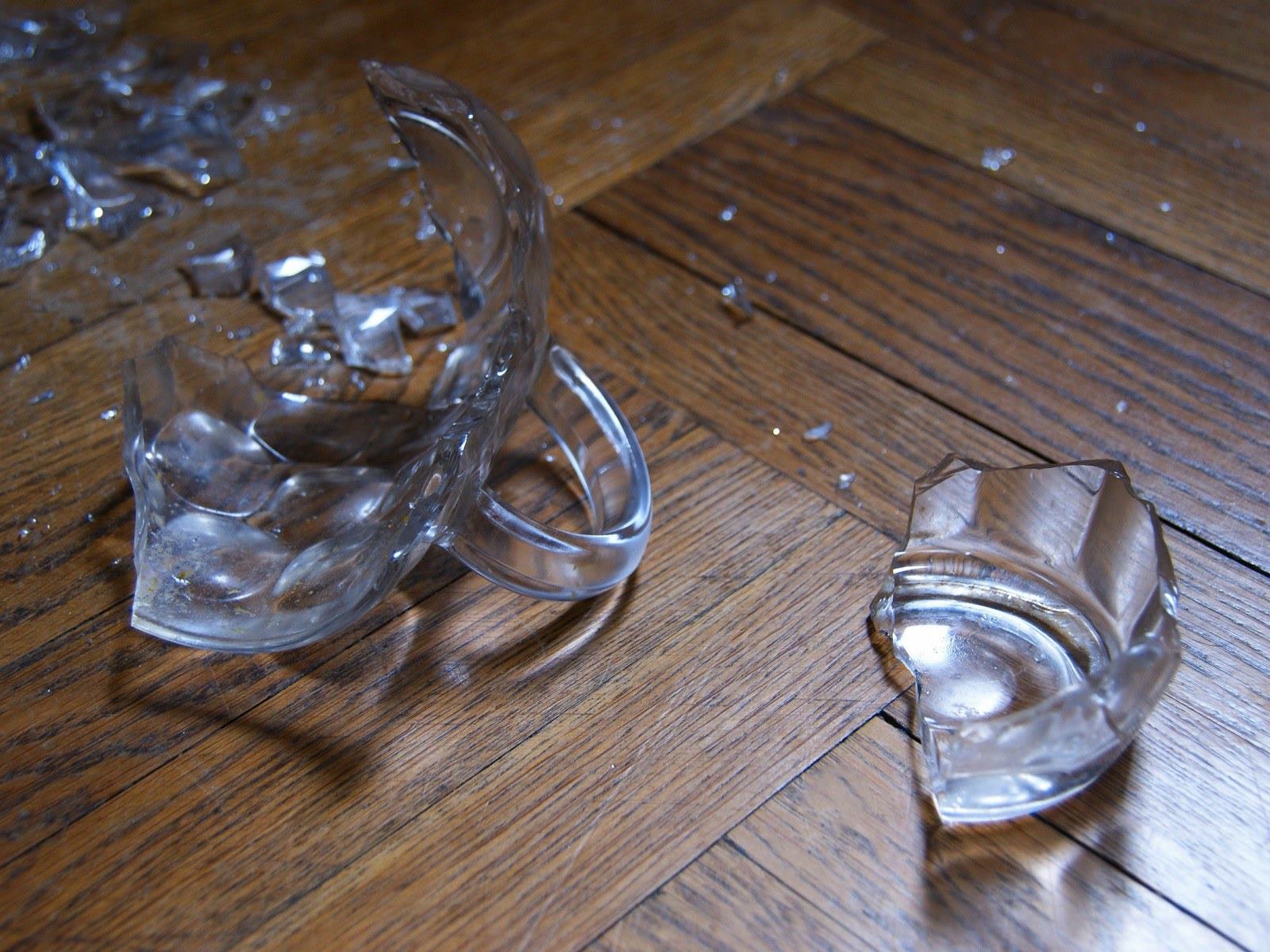

Interior Design Trends
How To Clean Up Broken Glass
Modified: February 18, 2024
Learn the best interior design trends for cleaning up broken glass. Discover effective techniques and tips for a safe and thorough cleanup process.
(Many of the links in this article redirect to a specific reviewed product. Your purchase of these products through affiliate links helps to generate commission for Storables.com, at no extra cost. Learn more)
Introduction
Dealing with broken glass can be a daunting task, but with the right approach and precautions, it can be managed effectively. Accidents happen, and when glass shatters, it's essential to address the situation promptly and safely. Whether it's a broken window, a shattered glass object, or a dropped drinking glass, the cleanup process requires careful attention to prevent injuries and ensure thorough removal of glass fragments.
In this comprehensive guide, we will walk you through the step-by-step process of cleaning up broken glass, from gathering the necessary supplies to safely disposing of the shards. By following these guidelines, you can minimize the risk of injuries and effectively restore the safety and cleanliness of the affected area.
Broken glass poses a significant safety hazard, as the sharp edges and tiny shards can cause cuts and injuries if not handled properly. Additionally, glass particles can scatter over a wide area, making it crucial to approach the cleanup process with caution and precision. By understanding the best practices for cleaning up broken glass, you can protect yourself and others from potential harm while efficiently restoring the affected space to its original condition.
Whether you're dealing with broken glass in a residential, commercial, or public setting, the principles of safe and thorough cleanup remain consistent. By familiarizing yourself with the following guidelines and safety precautions, you can approach the task of cleaning up broken glass with confidence and competence. From gathering the necessary supplies to utilizing effective techniques for removing glass fragments, this guide will equip you with the knowledge and strategies needed to tackle broken glass cleanup effectively.
As we delve into the specifics of this essential process, keep in mind that safety is paramount. By prioritizing caution and attention to detail, you can navigate the cleanup process with confidence and ensure a successful outcome. Let's embark on this journey of mastering the art of cleaning up broken glass, safeguarding our well-being and maintaining a safe, glass-free environment.
Key Takeaways:
- Prioritize safety by wearing gloves and using tools to handle broken glass. Thoroughly sweep, vacuum, and use innovative methods like tape or bread to pick up small pieces for a safe and effective cleanup.
- Safely dispose of glass in puncture-resistant containers, following local regulations. Meticulously clean carpets and conduct post-cleanup safety checks to ensure a hazard-free environment.
Read more: How To Clean Up Broken Glass From A Carpet
Safety Precautions
When it comes to cleaning up broken glass, prioritizing safety is non-negotiable. Before diving into the cleanup process, it's crucial to take the necessary precautions to minimize the risk of injuries and ensure a secure environment. Here are the essential safety measures to observe:
-
Protective Gear: Before initiating the cleanup, equip yourself with the appropriate protective gear. Wear sturdy gloves to shield your hands from sharp glass edges and potential cuts. Additionally, consider wearing closed-toe shoes to safeguard your feet from glass fragments.
-
Secure the Area: Begin by cordoning off the broken glass area to prevent accidental access. Use barriers such as caution tape or physical barriers to create a clear boundary, ensuring that no one inadvertently enters the hazardous zone.
-
Keep Pets and Children Away: If the broken glass is within a household setting, ensure that pets and children are kept at a safe distance from the affected area. Supervise them closely to prevent any accidental contact with the glass shards.
-
Assess the Extent of Damage: Before initiating the cleanup, assess the extent of the glass breakage. Determine whether the glass fragments are confined to a specific area or have scattered over a wider space. This assessment will guide your approach to the cleanup process and help you anticipate potential hazards.
-
Use Caution When Handling Glass: When picking up glass pieces, handle them with care and avoid exerting excessive force. Be mindful of the sharp edges and handle the glass fragments gently to prevent further breakage and minimize the risk of cuts.
-
Avoid Bare-Hand Contact: Refrain from picking up glass pieces with bare hands. Instead, use tools or implements such as tongs, dustpans, or sturdy cardboard to handle the glass fragments. This approach reduces direct contact with the sharp edges, lowering the risk of injuries.
-
Proper Disposal: Ensure that you have a designated container or bag for the disposal of glass shards. Use a puncture-resistant and sealable container to contain the broken glass securely, minimizing the risk of accidental exposure during disposal.
By adhering to these safety precautions, you can create a secure environment for the cleanup process and mitigate the potential risks associated with handling broken glass. Prioritizing safety at every stage of the cleanup is essential for safeguarding yourself and others from injuries and ensuring a successful and hazard-free glass cleanup process.
Gathering Supplies
Before embarking on the task of cleaning up broken glass, it is essential to gather the necessary supplies to facilitate a safe and effective cleanup process. Equipping yourself with the right tools and materials will not only streamline the cleanup but also enhance safety and precision. Here's a comprehensive list of supplies to gather before initiating the glass cleanup:
-
Protective Gear: Prioritize your safety by donning sturdy gloves to shield your hands from sharp glass edges. Opt for thick, puncture-resistant gloves that provide ample protection without compromising dexterity. Additionally, consider wearing closed-toe shoes to safeguard your feet from glass fragments, especially if the cleanup area extends to the floor.
-
Safety Goggles: Protect your eyes from potential glass splinters and dust by wearing safety goggles. Opt for goggles with a snug fit to prevent any glass particles from entering your eyes during the cleanup process.
-
Sturdy Broom and Dustpan: A durable broom and dustpan are essential for sweeping up larger glass pieces and collecting them efficiently. Choose a broom with stiff bristles to effectively gather glass shards without scattering them further.
-
Duct Tape or Masking Tape: Utilize strong adhesive tape to pick up smaller glass fragments that may be challenging to collect using conventional methods. The tape's sticky surface provides an effective means of lifting tiny glass particles from various surfaces.
-
Vacuum Cleaner with Hose Attachment: A vacuum cleaner equipped with a hose attachment is invaluable for removing glass particles from carpets, upholstery, and hard-to-reach areas. Ensure that the vacuum cleaner has a sturdy bag or canister to contain the glass debris securely.
-
Cardboard or Stiff Paper: Use sturdy cardboard or stiff paper to scoop up glass shards gently. This makeshift tool provides a safe and effective means of handling glass fragments without direct hand contact.
-
Sealable Container or Bag: Prepare a puncture-resistant and sealable container or bag for the safe disposal of glass shards. This container will securely contain the broken glass, minimizing the risk of accidental exposure during disposal.
By assembling these essential supplies, you can approach the glass cleanup process with confidence and preparedness. Prioritizing safety and efficiency, these supplies will enable you to navigate the cleanup process effectively, ensuring a thorough and secure removal of glass fragments.
Removing Large Pieces
When faced with the aftermath of broken glass, the initial step in the cleanup process involves addressing the larger pieces that may pose a significant safety hazard. These sizable fragments demand careful handling to prevent injuries and ensure a thorough removal from the affected area.
To begin, don your protective gear, including sturdy gloves and closed-toe shoes, to shield yourself from potential cuts and injuries. Approach the larger glass pieces with caution, avoiding any sudden movements that could disperse the shards further. Utilize a sturdy broom and dustpan to carefully sweep up the larger glass fragments, exercising gentle yet deliberate movements to gather the pieces effectively.
When using the broom, opt for one with stiff bristles to facilitate the collection of glass shards without scattering them. Start from the outer edges of the broken glass area and work your way inward, methodically sweeping the fragments into a concentrated pile. Exercise patience and precision, ensuring that each sweep captures as many large pieces as possible.
Once the larger glass pieces are consolidated, use the dustpan to scoop them up, taking care to avoid direct hand contact. Gently transfer the collected fragments into a designated puncture-resistant container or bag, ensuring that the shards are securely contained for safe disposal.
Throughout this process, maintain a steady and deliberate pace, prioritizing safety and thoroughness. By systematically removing the larger glass pieces, you lay the groundwork for a more manageable cleanup process, setting the stage for addressing smaller shards and residual particles effectively.
By following these steps, you can navigate the task of removing large glass pieces with confidence and precision, minimizing the risk of injuries and establishing a solid foundation for the subsequent stages of the cleanup process.
Sweeping and Vacuuming
After addressing the larger glass pieces, the next crucial step in the cleanup process involves sweeping and vacuuming to eliminate smaller glass shards and residual particles. This phase is essential for achieving a thorough and comprehensive cleanup, ensuring that no glass fragments are left behind to pose potential safety hazards.
Begin by equipping yourself with the necessary protective gear, including sturdy gloves and safety goggles, to safeguard against potential injuries. If the broken glass has affected carpeted areas, it's advisable to use a vacuum cleaner with a hose attachment designed for efficient debris removal from various surfaces. Ensure that the vacuum cleaner is equipped with a sturdy bag or canister to securely contain the glass debris during the cleanup process.
Before commencing the sweeping and vacuuming, carefully inspect the affected area to identify any scattered glass particles that may be embedded in carpets, upholstery, or hard-to-reach crevices. Exercise caution and attentiveness, as glass fragments may be inconspicuous and require thorough scrutiny to ensure complete removal.
When sweeping, utilize a sturdy broom with stiff bristles to gather the remaining glass shards into a concentrated pile. Employ deliberate and methodical movements, working from the outer edges of the affected area towards the center. Exercise patience and precision, ensuring that the sweeping process effectively captures all visible glass particles.
Following the sweeping phase, transition to the vacuuming stage to address any residual glass fragments that may be embedded in carpets or scattered across surfaces. Use the vacuum cleaner's hose attachment to systematically vacuum the affected areas, paying particular attention to crevices, corners, and upholstery where glass particles may have settled.
As you vacuum, maintain a slow and steady pace, allowing the suction power to effectively capture the tiny glass shards without dispersing them further. Periodically inspect the vacuum cleaner's canister or bag to monitor the accumulation of glass debris, ensuring that the shards are securely contained for safe disposal.
By meticulously sweeping and vacuuming the affected area, you can achieve a thorough and meticulous cleanup, minimizing the risk of injuries and effectively eliminating all traces of broken glass. This diligent approach sets the stage for the subsequent steps in the cleanup process, ensuring a safe and glass-free environment.
Read more: How To Clean Up Shattered Glass
Using Tape or Bread to Pick Up Small Pieces
When confronted with the challenge of picking up small glass pieces that may be difficult to capture using conventional methods, innovative approaches such as utilizing tape or bread can offer effective solutions. These unconventional yet practical techniques provide a simple yet efficient means of lifting tiny glass fragments from various surfaces, ensuring a thorough and meticulous cleanup.
Using Tape:
Adhering strong adhesive tape, such as duct tape or masking tape, to pick up small glass pieces is a resourceful method that capitalizes on the tape's sticky surface to capture tiny shards effectively. To employ this technique, carefully press the adhesive side of the tape onto the surface where the small glass particles are located. Gently lift the tape, ensuring that it adheres to the glass fragments, and then carefully peel it off, securing the captured shards on the tape's surface. Repeat this process as needed to capture all visible glass particles, periodically replacing the tape to maintain optimal adhesion. This method is particularly useful for collecting small glass pieces from hard surfaces, intricate patterns, or areas where conventional sweeping and vacuuming may be less effective.
Using Bread:
Another unconventional yet surprisingly effective approach involves using a slice of bread to pick up small glass shards. This method capitalizes on the bread's soft and pliable texture, which can effectively adhere to and encapsulate tiny glass particles. To utilize this technique, gently press the soft side of a slice of bread onto the surface where the small glass fragments are scattered. The bread's malleable texture will conform to the irregularities of the surface, capturing the glass shards within its soft structure. Carefully lift the bread slice, ensuring that it encapsulates the glass particles, and then dispose of it in a puncture-resistant container for safe disposal. This method is particularly useful for capturing small glass pieces from hard-to-reach areas, textured surfaces, or areas where using tape may be impractical.
By incorporating these innovative approaches into the glass cleanup process, you can effectively address the challenge of picking up small glass pieces with precision and efficiency. These techniques offer practical alternatives to traditional cleanup methods, ensuring that no glass fragments are overlooked and minimizing the risk of injuries during the cleanup process. Embracing resourcefulness and creativity, these unconventional methods contribute to a thorough and meticulous glass cleanup, enhancing safety and achieving a glass-free environment effectively.
Always wear gloves and use a broom and dustpan to carefully sweep up the larger pieces of glass. Then use a damp paper towel or piece of bread to pick up the smaller shards. Be sure to dispose of the glass in a secure container to prevent injury.
Disposing of Glass Safely
Once the process of cleaning up broken glass is complete, the safe disposal of glass shards is a critical final step. Proper disposal is essential to prevent potential injuries and ensure that the glass fragments are contained and managed responsibly. Here's a detailed guide on how to dispose of glass safely:
-
Secure Containment: After collecting all glass fragments, transfer them into a designated puncture-resistant container or bag. This container should be durable enough to prevent punctures and leaks, ensuring that the glass shards remain securely contained throughout the disposal process.
-
Sealable Packaging: Use a sealable container or bag to encapsulate the glass shards securely. This step is crucial for minimizing the risk of accidental exposure during handling and transportation. Ensure that the container is tightly sealed to prevent any glass particles from escaping.
-
Labeling and Identification: Clearly label the container as "Broken Glass" or "Hazardous Waste" to alert others to its contents. This labeling serves as a visual indicator to exercise caution when handling the container and communicates the potential safety hazard associated with its contents.
-
Disposal Regulations: Check local regulations and guidelines regarding the disposal of glass and hazardous waste. Different municipalities may have specific protocols for disposing of broken glass, and it's essential to adhere to these regulations to ensure compliance and environmental responsibility.
-
Contact Waste Management Services: If the quantity of broken glass is substantial or if you are unsure about the proper disposal methods, consider contacting local waste management services or authorities for guidance. They can provide valuable information on the safe disposal of glass and may offer specialized collection services for hazardous materials.
-
Avoid Mixing with Regular Waste: Refrain from disposing of glass shards in regular household waste bins. Mixing glass fragments with general waste increases the risk of injuries to waste handlers and complicates the proper management of hazardous materials. It's crucial to segregate broken glass and handle it as a separate waste category.
-
Transportation Precautions: When transporting the container of glass shards for disposal, exercise caution to prevent accidental spills or breakage. Secure the container in a stable position to minimize the risk of tipping or shifting during transportation.
-
Professional Disposal Services: In cases where the quantity of broken glass is substantial or if specialized handling is required, consider engaging professional disposal services. These services are equipped to manage hazardous materials safely and can ensure the proper disposal of glass fragments in compliance with regulations.
By following these guidelines for the safe disposal of glass, you can effectively manage the aftermath of broken glass and mitigate potential safety hazards. Prioritizing responsible disposal practices not only safeguards against injuries but also contributes to environmental stewardship by ensuring that hazardous materials are managed in a secure and compliant manner.
Read more: How To Glue Broken Glass
Cleaning Up Glass Shards from Carpet
Cleaning up glass shards from carpet requires a meticulous approach to ensure thorough removal while minimizing the risk of injuries and residual particles. The unique texture of carpet fibers presents challenges in capturing and containing glass fragments, necessitating specialized techniques for effective cleanup.
Begin by donning protective gloves and safety goggles to safeguard against potential injuries. Carefully inspect the carpeted area to identify visible glass shards and assess whether the breakage has resulted in embedded fragments. Exercise caution and attentiveness, as glass particles may be concealed within the carpet fibers, requiring thorough scrutiny for complete removal.
To address visible glass shards, utilize a sturdy pair of tweezers or tongs to gently lift and remove the fragments from the carpet surface. Avoid exerting excessive pressure to prevent the glass from embedding further into the fibers. As you pick up the shards, place them directly into a designated puncture-resistant container to ensure secure containment.
For embedded glass particles, employ a piece of duct tape or masking tape to lift the fragments from the carpet. Press the adhesive side of the tape onto the affected areas, gently lift it, and then dispose of the tape with the captured glass shards into the designated container. Repeat this process as needed to capture all embedded glass particles, ensuring a meticulous cleanup.
Following the manual removal of visible and embedded glass shards, utilize a vacuum cleaner with a hose attachment to thoroughly vacuum the carpeted area. Move the vacuum nozzle methodically across the carpet, paying particular attention to areas where glass particles may have settled. The vacuum's suction power effectively captures residual glass fragments, ensuring a comprehensive cleanup.
After vacuuming, inspect the carpet for any remaining glass particles, using a flashlight to illuminate the area and identify any overlooked shards. Employ the tape method to lift any remaining fragments, ensuring that the carpet is free of glass debris.
By meticulously addressing glass shards from carpet, you can achieve a thorough and meticulous cleanup, restoring the safety and integrity of the affected area. This specialized approach minimizes the risk of injuries and ensures that the carpet is free of glass particles, creating a secure and hazard-free environment.
Final Tips for Cleaning Up Broken Glass
-
Thorough Inspection: After completing the cleanup process, conduct a comprehensive inspection of the affected area to ensure that no glass fragments have been overlooked. Utilize a flashlight to illuminate the space and scrutinize hard-to-reach areas, corners, and crevices where glass particles may have settled.
-
Repeat Vacuuming: Consider performing a secondary round of vacuuming to capture any residual glass particles that may have been missed during the initial cleanup. This additional step enhances the thoroughness of the cleanup process, minimizing the risk of overlooked shards.
-
Careful Disposal: When disposing of the puncture-resistant container or bag containing the glass shards, exercise caution to prevent accidental spills or breakage. Secure the container in a stable position during transportation and adhere to local regulations for hazardous waste disposal.
-
Post-Cleanup Safety Check: After completing the cleanup, conduct a safety check of the surrounding areas to ensure that no glass particles have been inadvertently transferred to other surfaces. Wipe down nearby surfaces and objects to eliminate any potential residual glass debris.
-
Maintain Vigilance: In the aftermath of a glass cleanup, remain vigilant for any signs of residual glass fragments or potential safety hazards. Encourage individuals who frequent the area to exercise caution and report any discoveries of overlooked glass shards.
-
Seek Professional Assistance: In cases where the cleanup presents significant challenges or if there are concerns about residual glass particles, consider engaging professional cleaning services with expertise in hazardous material cleanup. Professional assistance can provide added assurance of a thorough and meticulous cleanup.
By incorporating these final tips into the glass cleanup process, you can enhance the effectiveness and safety of the cleanup, ensuring a comprehensive removal of glass fragments and minimizing the risk of injuries. These proactive measures contribute to a secure and hazard-free environment, promoting peace of mind and safety for all occupants of the space.
Frequently Asked Questions about How To Clean Up Broken Glass
Was this page helpful?
At Storables.com, we guarantee accurate and reliable information. Our content, validated by Expert Board Contributors, is crafted following stringent Editorial Policies. We're committed to providing you with well-researched, expert-backed insights for all your informational needs.
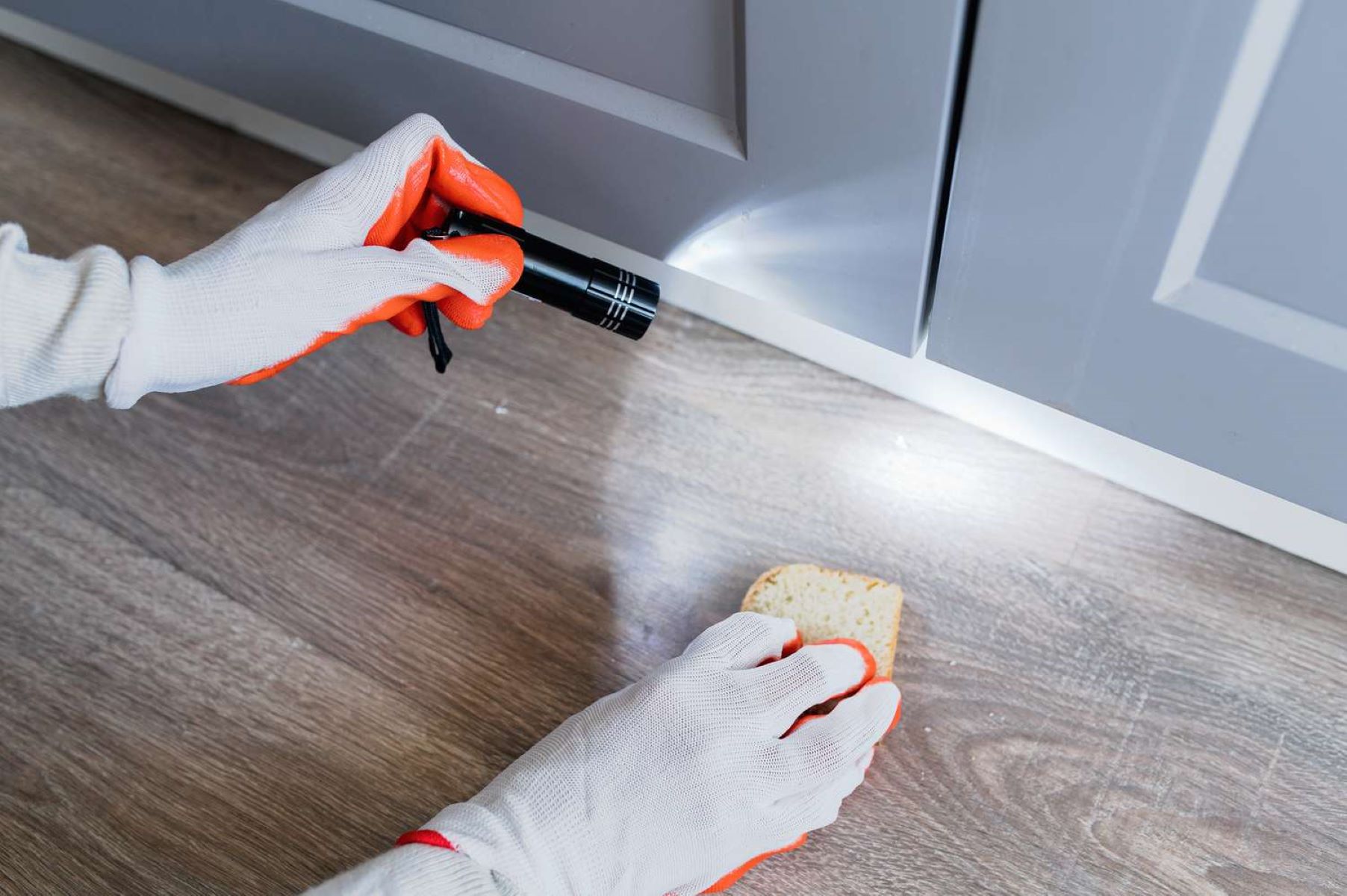

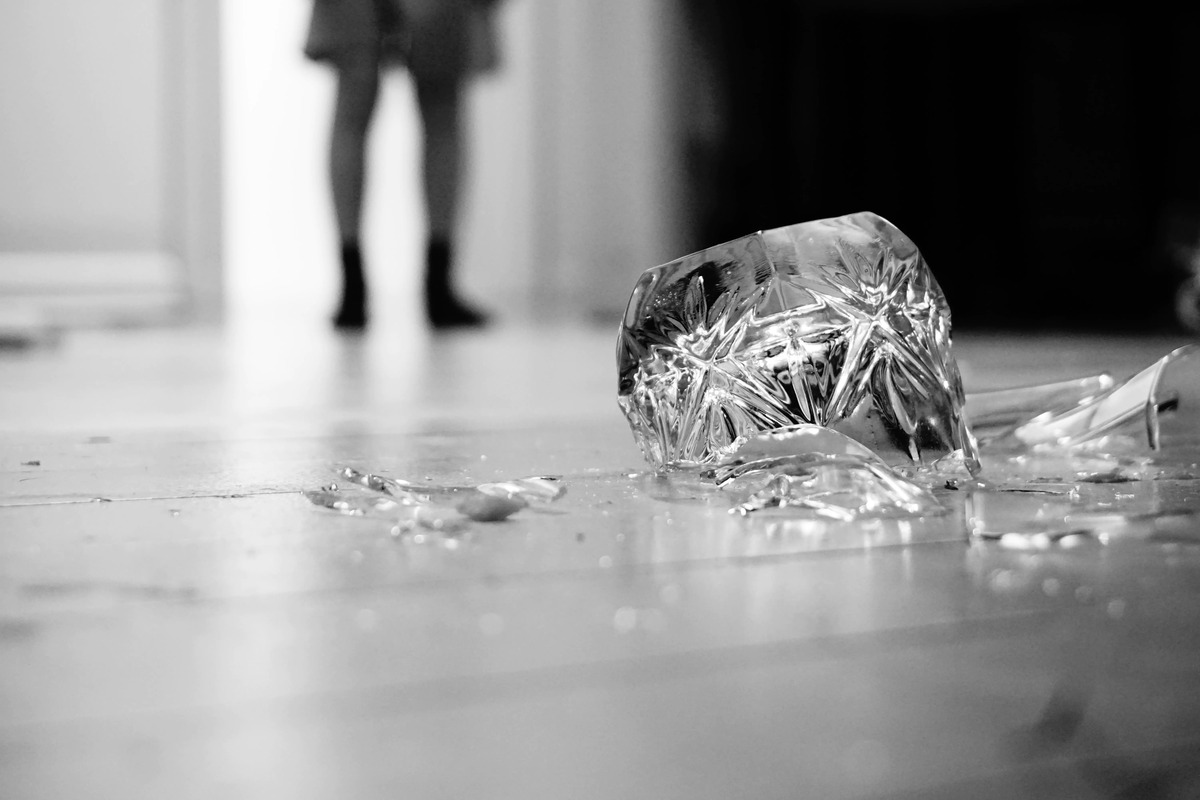
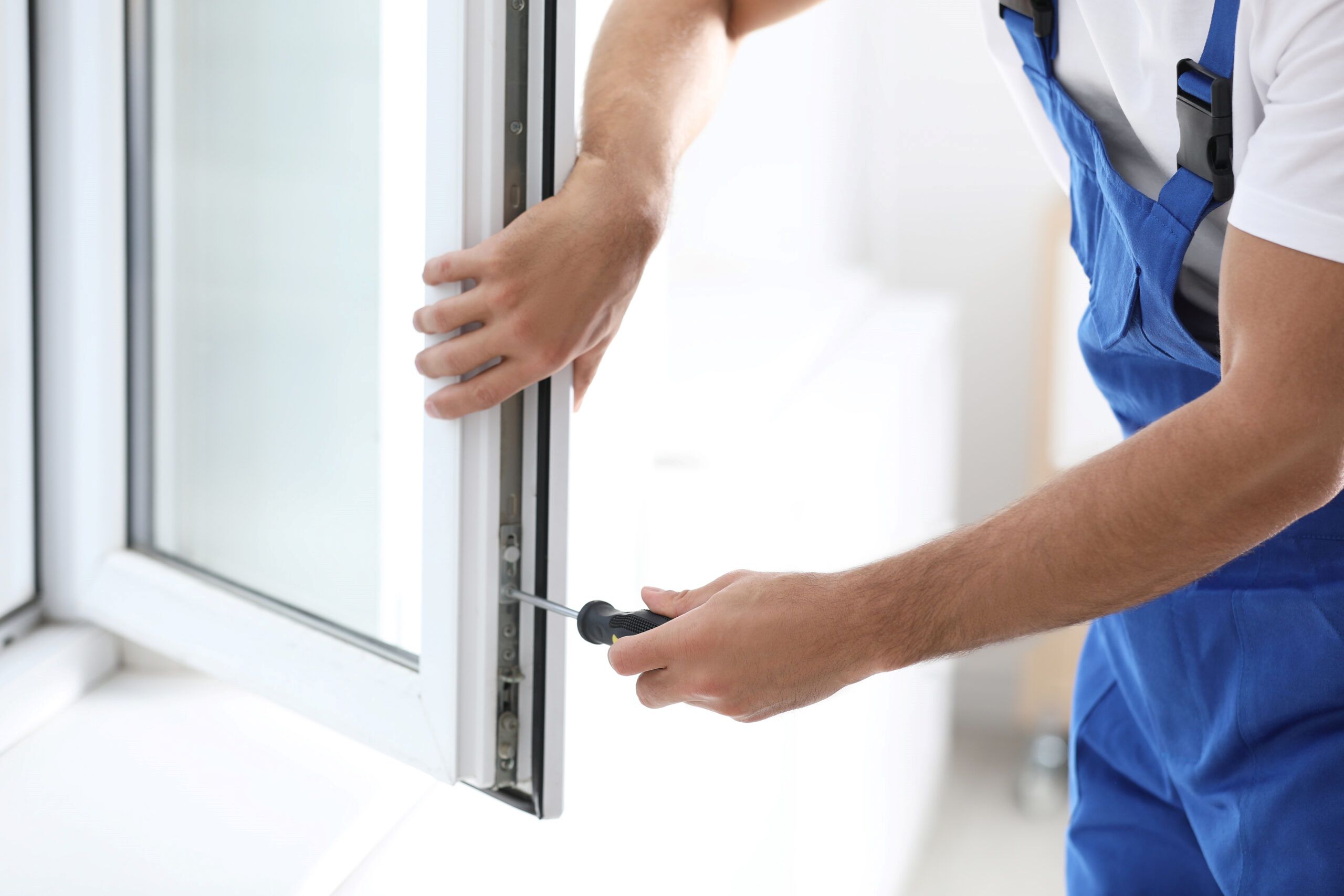

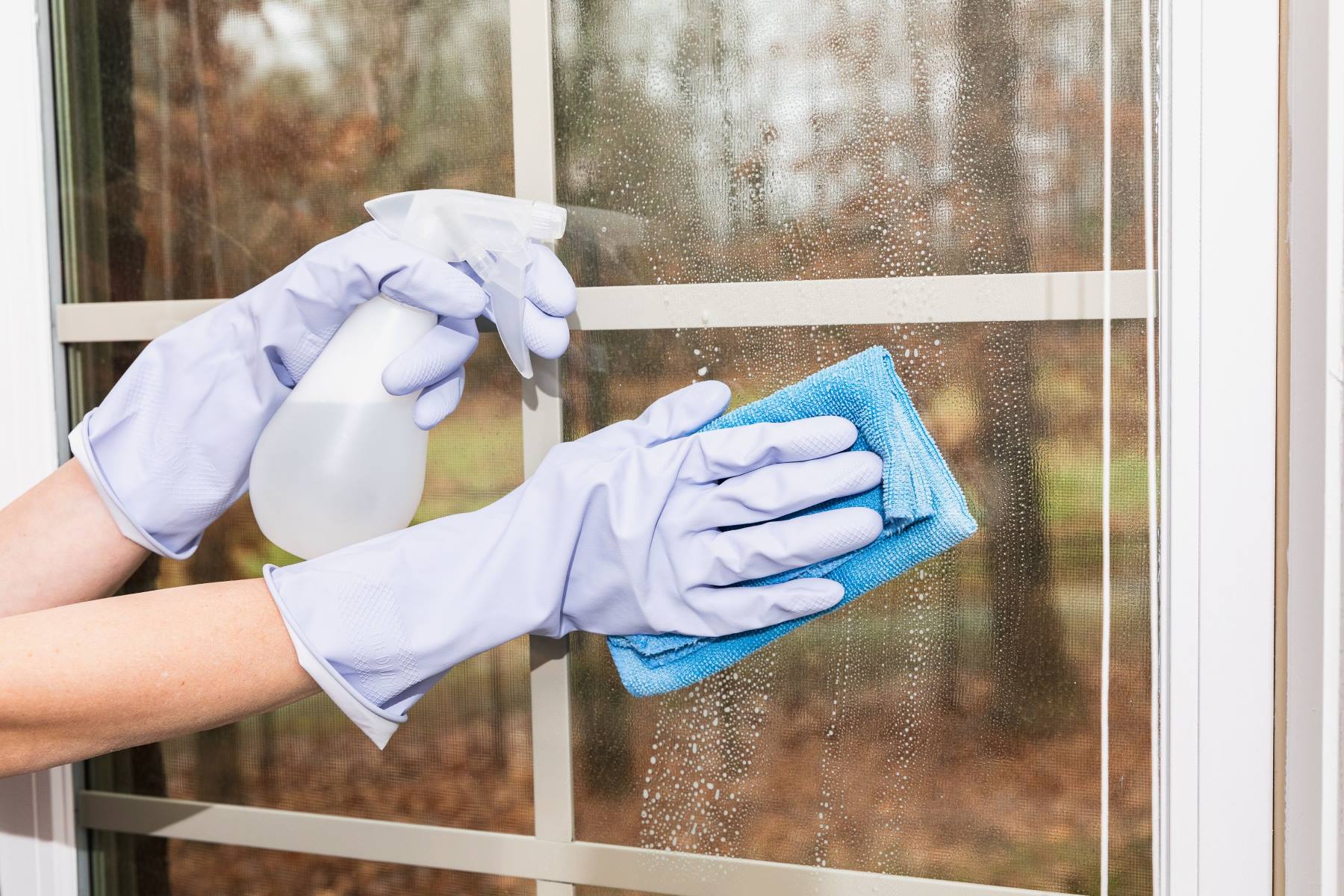
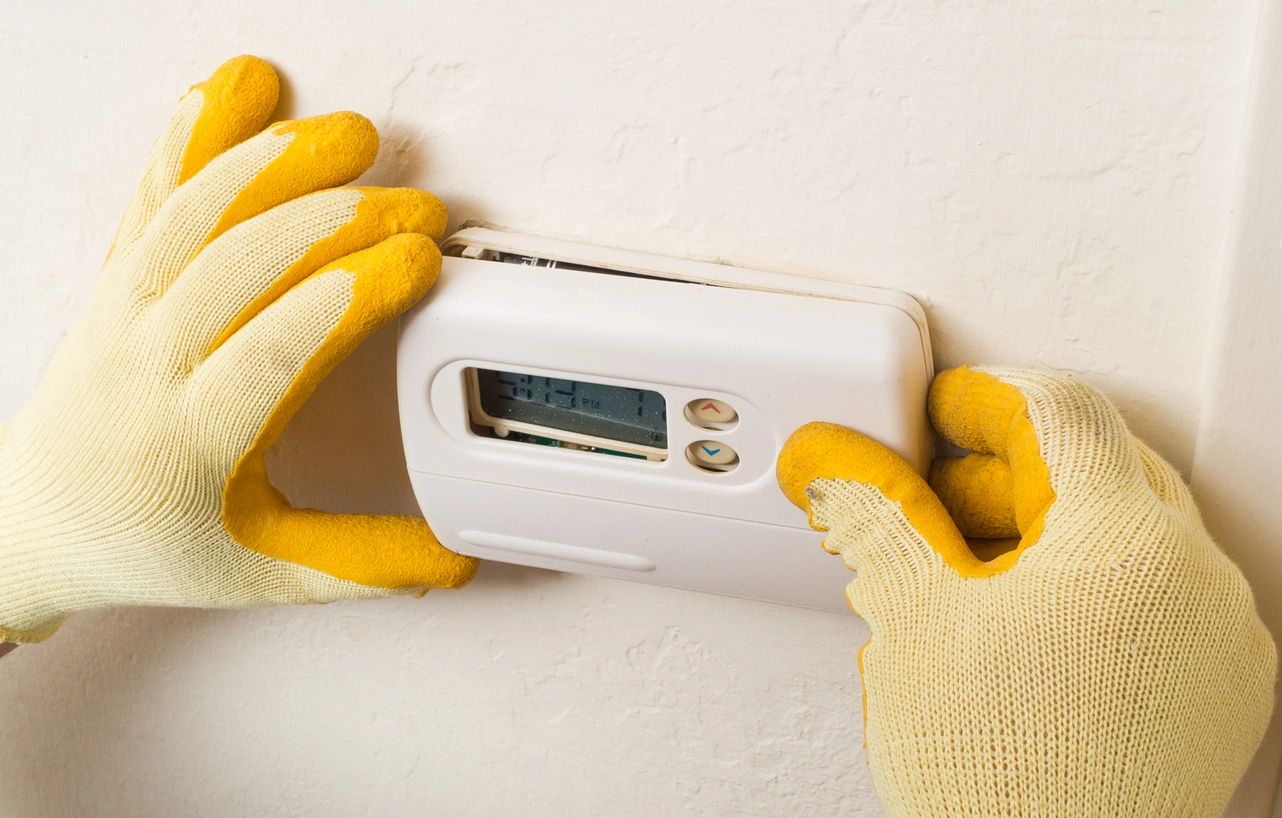
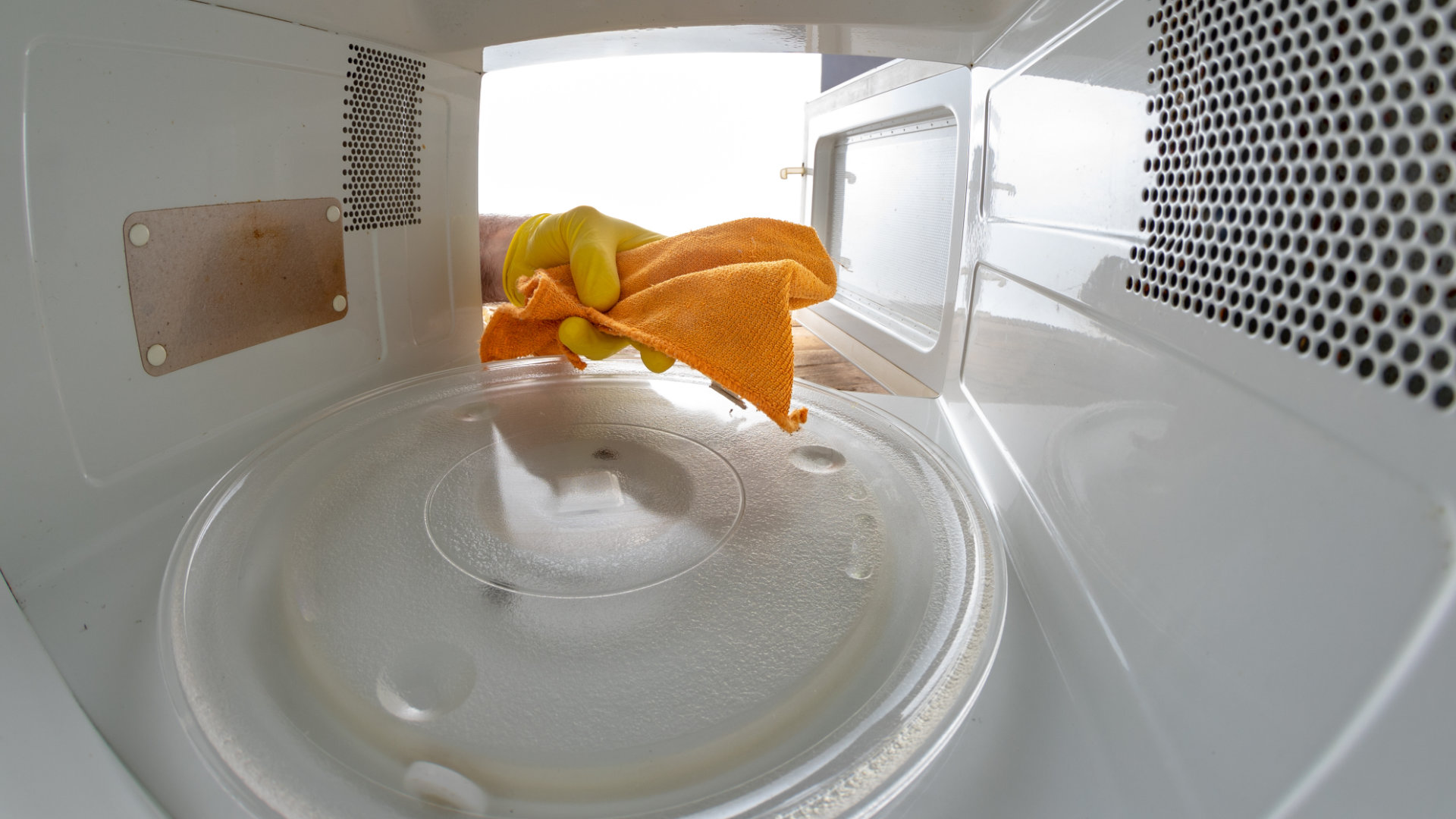
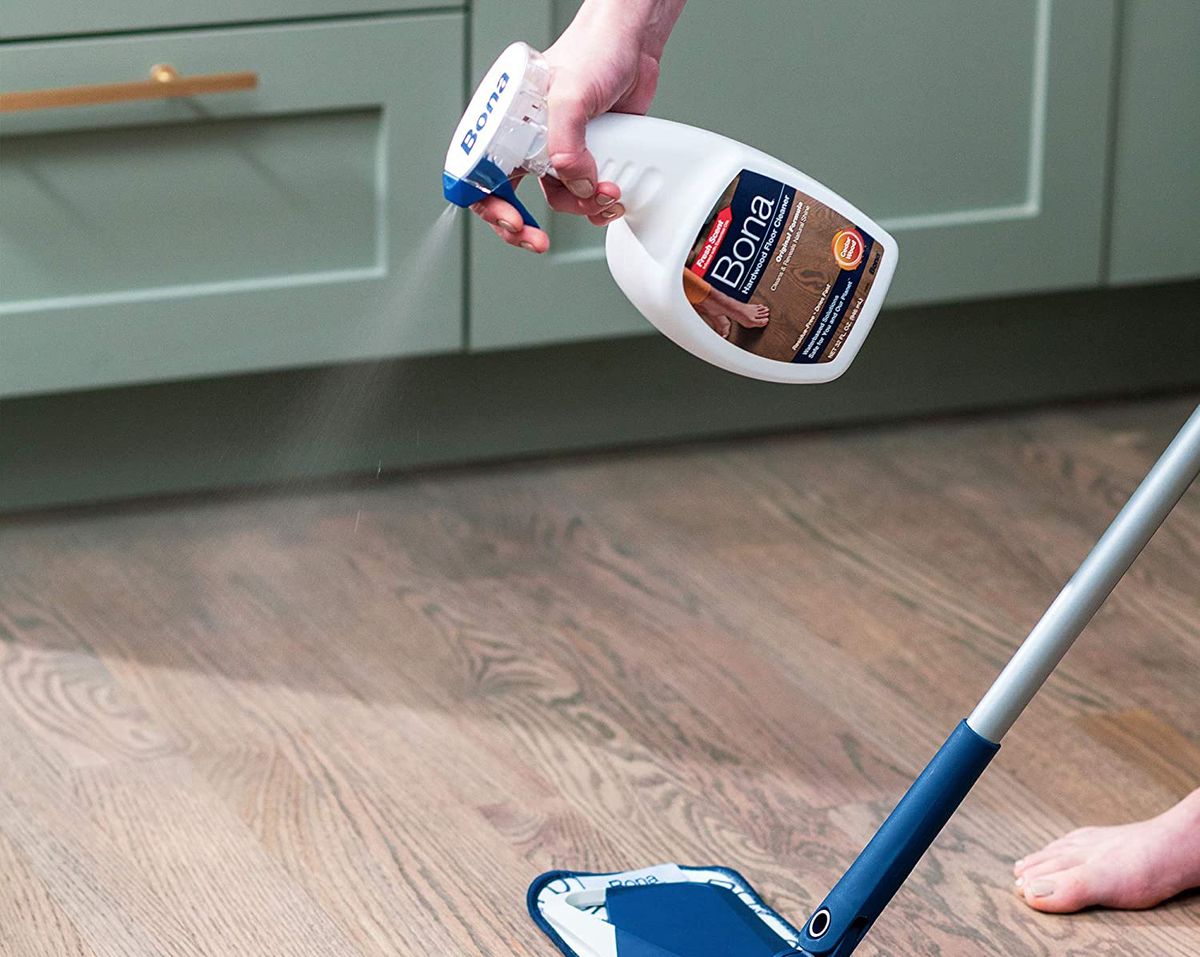

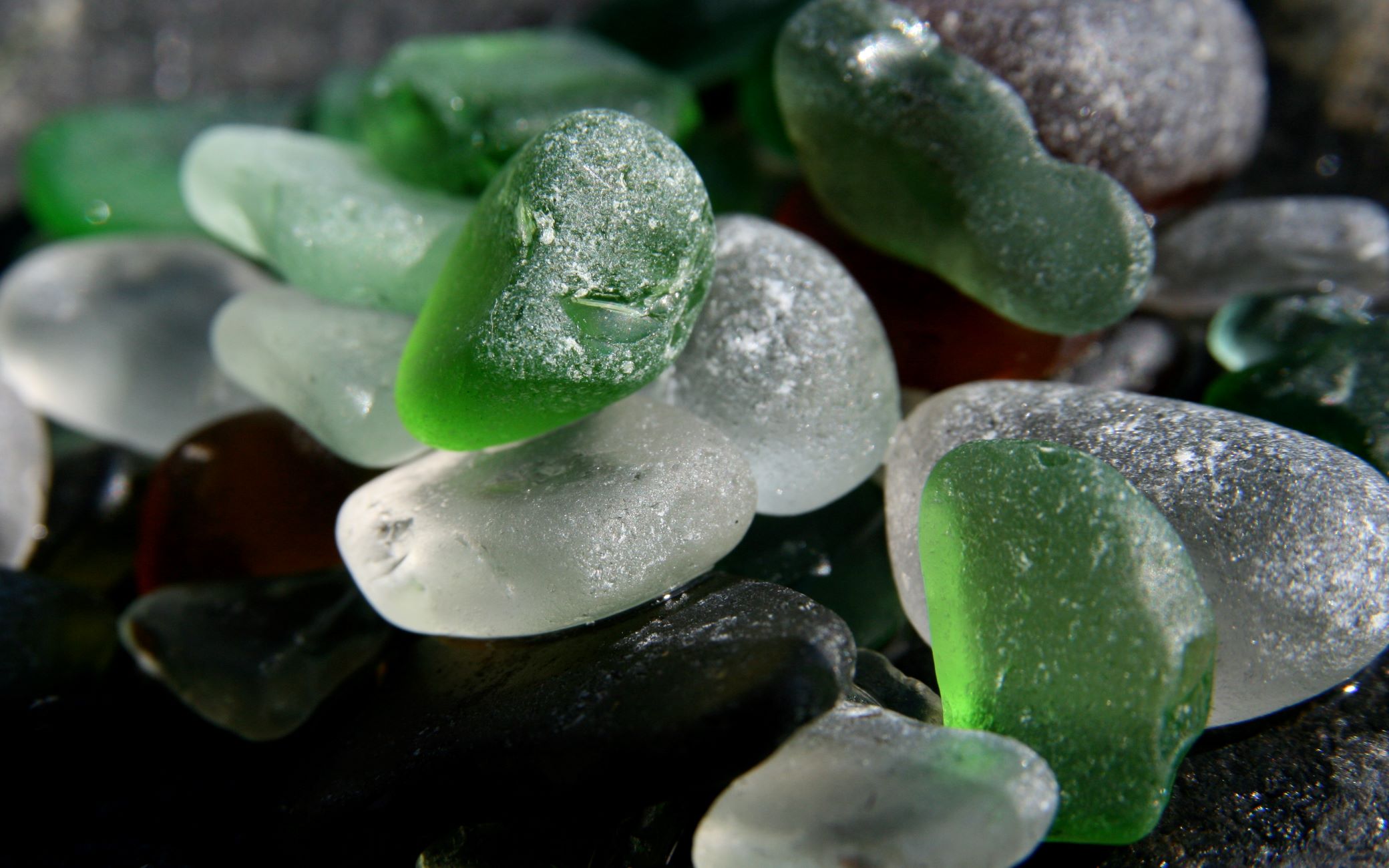
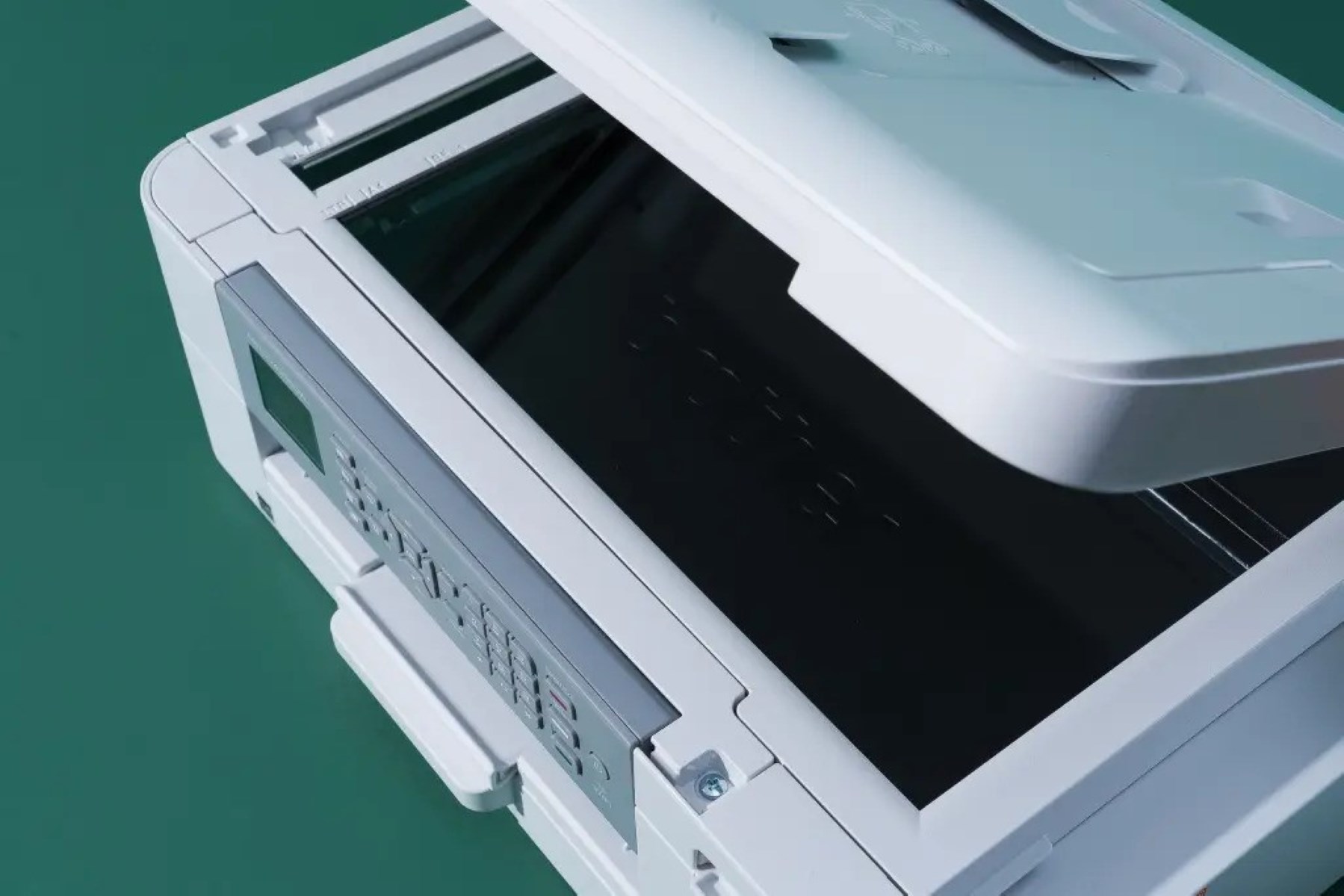
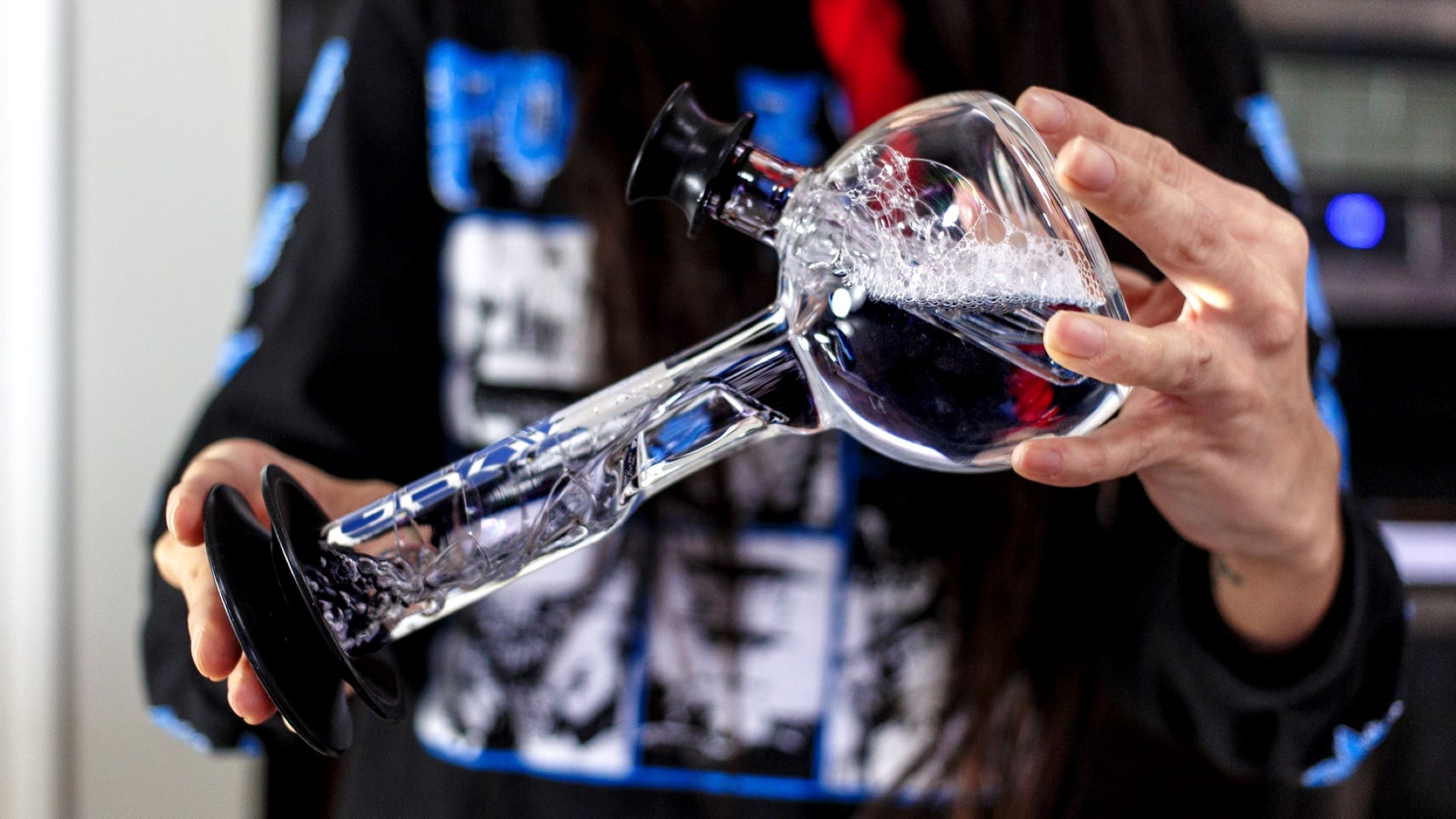

0 thoughts on “How To Clean Up Broken Glass”